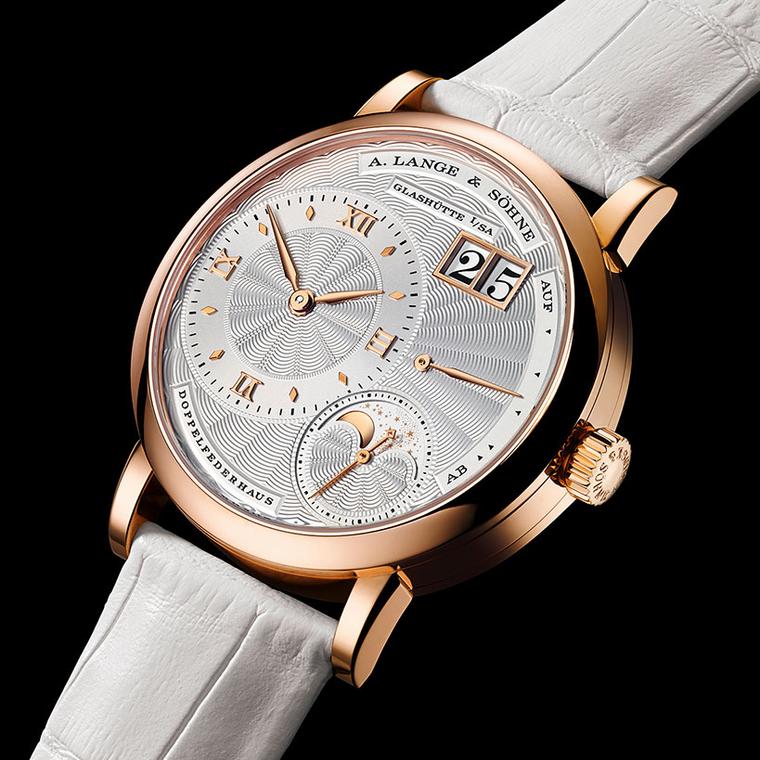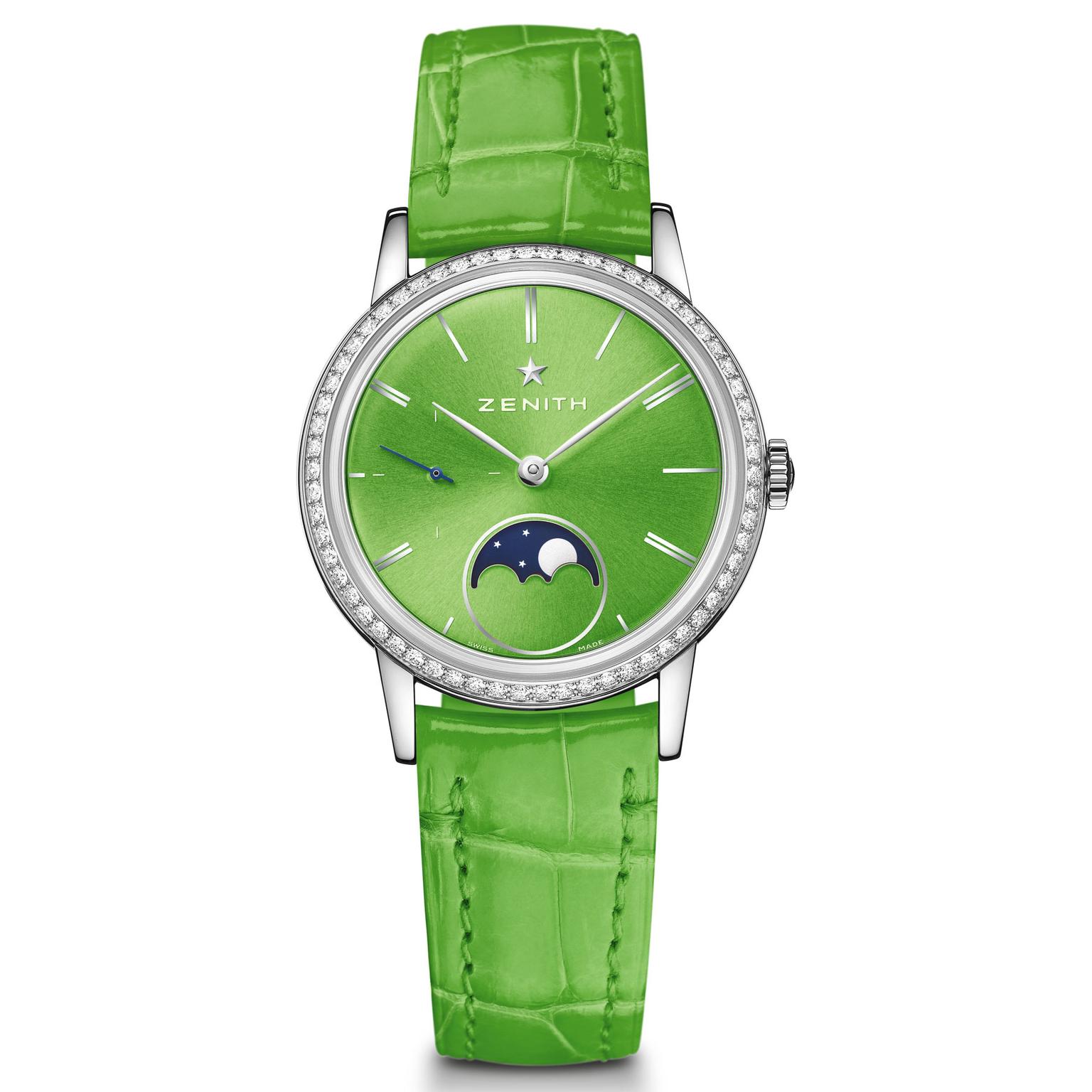Man has been bewitched by the Moon since he first looked up at the night sky. Before the advent of clocks, the Sun, the Moon and the constellations were our guiding lights indicating the passing of days, months, seasons and years. By observing and tracking the cycle of the Moon, early man was able to conceive the first primitive lunar calendars.
The Moon phase function, the simplest and most common of astronomical complications, serves as a poetic reminder of the mystery and majesty of our night-time sentinel. Today, Moon phase complications are considered more of an aesthetic choice than a complication of intrinsic utility, and watch brands are getting more and more creative at replacing the classic yellow gold moon set against a starry blue night sky with colourful, lively renditions of our satellite.
What is a Moon phase watch?
A Moon phase watch is, in essence, a miniature recreation of the different phases of the Moon displayed in an aperture on the dial. The aperture is usually curved at the entry and exit positions – and sometimes referred to as a ‘bosom’ for evident reasons – so that the Moon appears to wax and wane. Usually, the four main phases of the Moon are recreated on the dial: the new Moon, when the Sun and Moon are aligned and there is no Moon visible to us on Earth; the first quarter when the Sun hits the right side of our satellite; the full Moon when the entire surface is lit up; and the last quarter when only the left side is visible.
Discrepancies in the cosmos: sidereal versus synodic
A sidereal month describes the time it takes the Moon to perform a complete orbit of the Earth. Travelling at a vertiginous speed of 3,683Km/2,288 miles per hour, it takes the Moon about 27.3 days to complete its orbit of our planet. On the other hand, a synodic month, referring to the period of lunar phases from one full Moon to the next, is longer and lasts 29.5 days. This discrepancy is due to the fact that while the Moon is orbiting the Earth, the Earth is busy orbiting the Sun forcing the Moon to travel slightly more than 360º to get from one new Moon to the next.
How does a Moon phase watch work?
In the words of watch expert Ryan Schmidt, author of the encyclopaedic tome The Wristwatch Handbook: “As the exact lunar cycle lasts 29.530588853 days, the simplest way to deliver this mechanically is to use two images of the Moon on a 59-toothed wheel with teeth that are driven by a single finger attached to the hour wheel.
“This means that each Moon on the disc will pass through the aperture every 29.5 days. Because of the 0.03-day difference, the indicator will have lost a day of accuracy if it ran solidly for 3 years.” Upscale astronomical Moon phase displays, the kind you are more likely to find on a Patek Philippe or an A. Lange & Söhne watch, are fitted with a 135-tooth wheel guaranteeing just one manual correction every 122 years.
Lunatic about precision
However, watchmakers tend to be perfectionists and, for some, this level of inaccuracy is intolerable. One case towers above all others: Andreas Strehler’s Sauterelle à Lune Perpétuelle.
An independent watchmaker obsessed with precision, Strehler’s watch made the Guinness Book of World Records and will deliver an accurate reading for over 2 million years. So if you’re in the market for something to leave in your will for your descendants living in outer space, this is the watch for you.
The Moon in your pocket
As you can see from the galaxy of Moon phase watches below, the sky’s the limit when it comes to styles and budgets, from Hublot and Zenith’s explosive colours and Parmigiani’s sophisticated and mellow Tonda Metropolitaine, right down to Gucci’s fashionable and fun quartz model.































